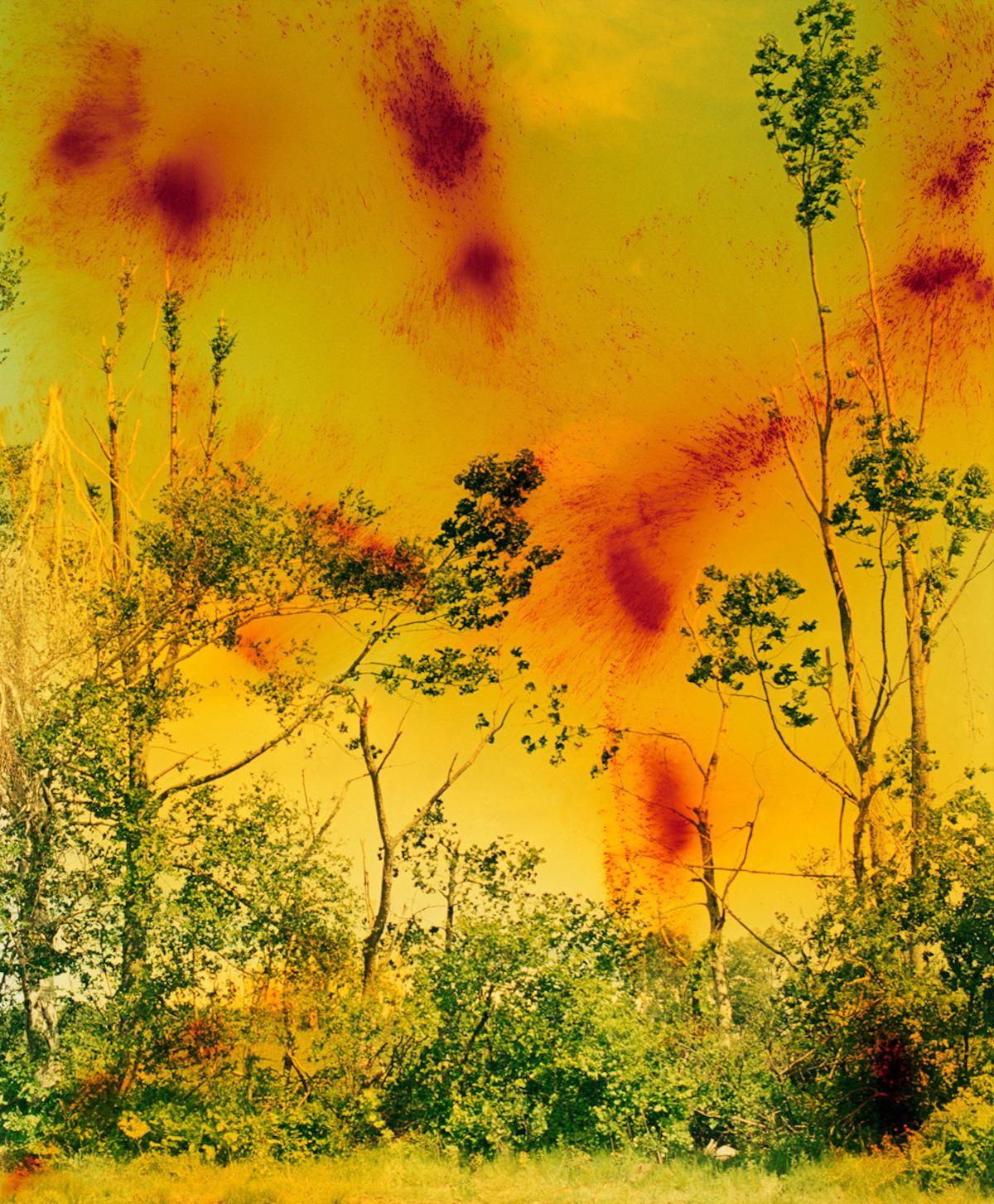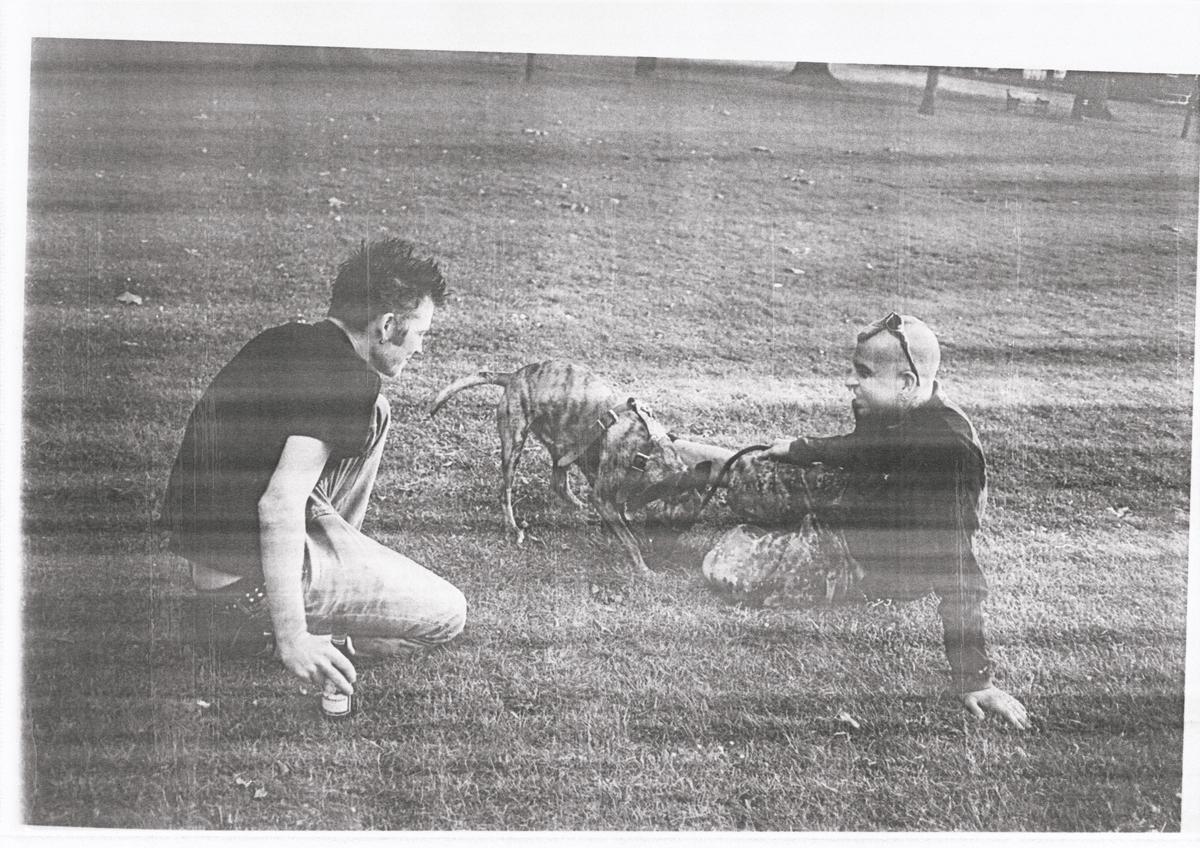At 54 years old, Wolfgang Tillmans continues to expand his purview. The works on view are nothing less than the universe and its inhabitants – above and below ground, accommodating celebrities, immigrants, and even rats. They are also the smallest most insignificant objects, like a cluster of dangling keys, a cigarette lighter, and a dumb vibrating leg (referencing nineteenth-century motion-capture experiments). The substances themselves are also highly important – how materials on their own make art.
Nothing escapes his eye. Tillmans was enthralled with astronomy from childhood, raised on telescopes. He later moved on to working with photocopiers, enlargers, and finally video cameras. He visited NASA’s Jet Propulsion Laboratory and the European Southern Observatory and took many photos of space. Continually traveling and following the action, Tillmans captures scenes around the world, from Berlin clubs to life on Fire Island, to Africa, and of course, the stratosphere, with his base remaining in London.































